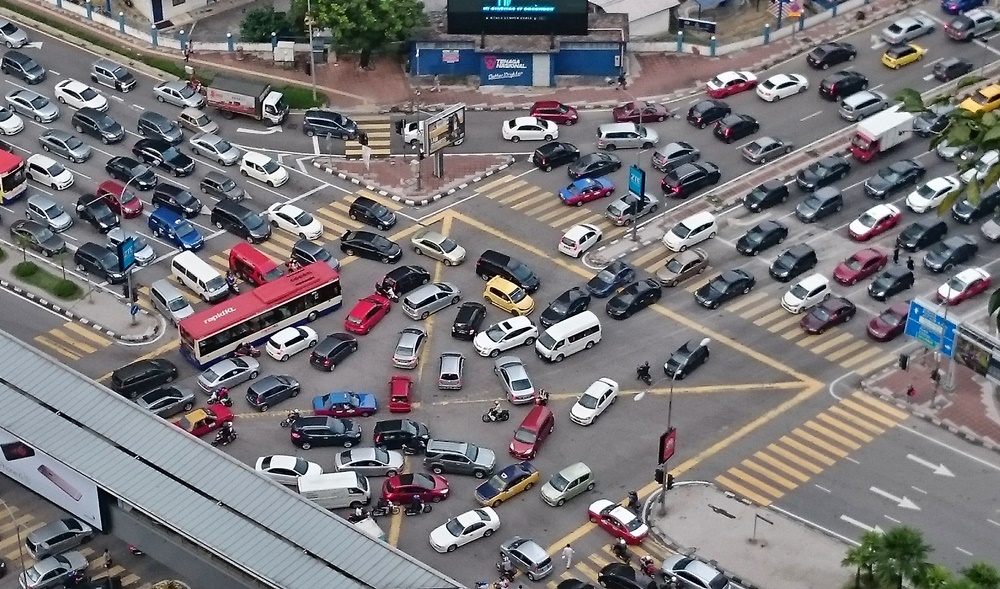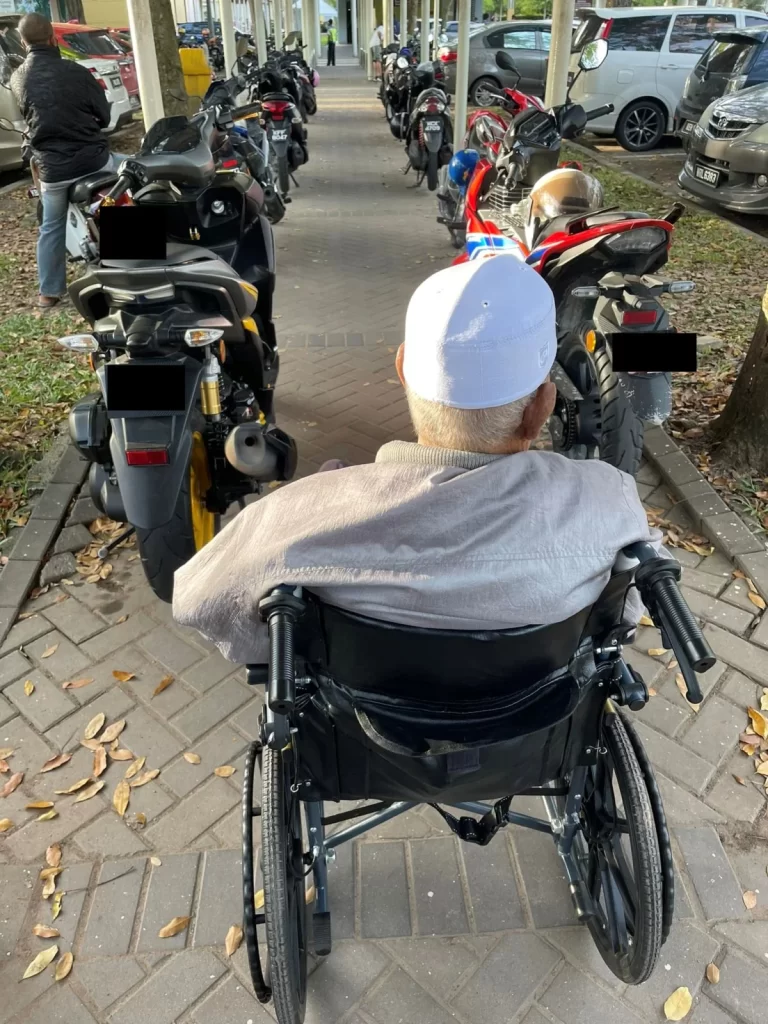We posted a news item about obstructing the traffic offences being the most during Operasi Hormat Undang-undang (Ops HUU) which is currently running. So much so that a total of 15,075 summons related to the offence were issued in just seven days.
Accordingly, it is only appropriate that we look at the definition of the offence of “obstructing the traffic” more closely.
What does “obstructing the traffic” mean?
Obstructing the traffic refers to actions that interrupt, prevent, or restrict the smooth flow of traffic on the road.
What is classified as a traffic obstruction offence?
These offenses are governed by Malaysian traffic laws, such as the Road Transport Act 1987, and may result in legal action such as a summons, fine, or other disciplinary action against the responsible party. The purpose of this enforcement is to ensure the safety and smoothness of traffic for all road users.
This can include various types of errors such as:
- Illegal parking: Parking a vehicle in a place that is not allowed or that obstructs traffic, such as at an intersection, in a pedestrian area, or in a no-parking zone.
- Abandoning damaged vehicle/vehicle involved in an accident: Leaving a damaged vehicle or one involved in an accident in the middle of the road without taking steps to remove it or without giving adequate warning to other drivers.
- Using the emergency lane: Using the emergency lane for purposes other than an actual emergency, such as cutting through heavy traffic.
- Stopping in the yellow box: Entering and stopping in a yellow box when conditions do not allow a smooth passage is an offence.
- Unlawful activities on the road: Carrying out activities such as selling goods, waiting for passengers, or any other activity that obstructs the flow of traffic in unauthorised areas.
- Temporary construction or obstruction: Placing cones, barricades, or any temporary structure on the road without a permit that may impede or block traffic.
- Unmanaged traffic congestion: Not taking appropriate action to manage traffic congestion during major events, accidents, or emergency situations.





















